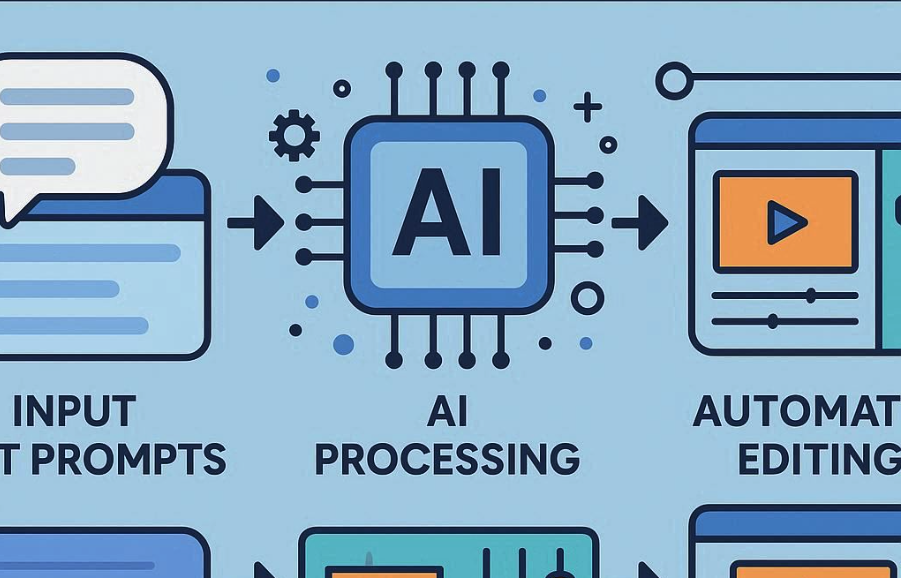The Age of AI-Generated Video | 매거진에 참여하세요
The Age of AI-Generated Video
#AI #Video #Storty #Editing #Innovation #Cost #Opportunit
Automation & Opportunity in Content Creation : A World Built on Video, and the Arrival of AI
By 2025, video is no longer just a content format , it’s the language of our daily lives.
From YouTube, TikTok, and Instagram Reels to Netflix, video has become the most powerful way to share information, spark emotion, and build brands.
But producing high-quality video is expensive and complex. Scriptwriting, filming, editing, motion graphics , all of these take serious time and skill.
That reality is shifting fast. Today, we can generate professional-quality video without touching a camera or mastering editing tools
sometimes with nothing more than a few lines of text.
What was once a labor-intensive process is now being rewritten by AI video generation.
Across platforms like YouTube and Reddit, you’ll already find countless posts titled “The AI Video I Made in a Day”.
What felt like science fiction just a few years ago is now a mainstream reality.
How AI Video Generation Works
AI-generated video rests on three major pillars:
1. Text-to-Video
Write a prompt like “a person walking through the neon-lit streets of Tokyo at night” and the AI synthesizes a clip that looks remarkably real.
Leading tools include OpenAI’s Sora and Google’s Veo.2. Image/Video-to-Video
Upload an image or clip, and AI can transform it — from auto-editing highlights, to replacing backgrounds, to re-styling entire videos.3. Multimodal Fusion
Text, voice, images, and motion data combine to create highly immersive results.
Think AI anchors delivering news in multiple languages, or animated characters speaking your script in real time.
What once produced awkward animations has, within just a few years, reached near-photorealistic quality.

Where Businesses Are Using It
1. Marketing & Advertising
Brands can now generate dozens of ad variations in hours, not weeks, dramatically reducing costs.2. Education
Universities and e-learning platforms create AI lecturers that speak in multiple languages, complete with natural voiceovers and subtitles.3. Entertainment
Independent creators are producing music videos, short dramas, and animations without studios or large budgets.4. Corporate Communication
Companies use AI avatars for onboarding, training, and leadership announcements — harnessing video’s unmatched clarity and engagement.
The Opportunities and the Challenges
Opportunities
Huge savings in time and cost
Scalable, personalized content
Democratized creativity — anyone can be a video creator
Challenges
Copyright issues: unclear training data sources may spark lawsuits
Misinformation: deepfakes risk political and social abuse
Creative identity: is an AI-made video still “art”?
Access gap: cutting-edge models remain limited to a few major players
The Future of Video Content
The industry is headed toward two parallel paths:
AI-driven mass content: practical, scalable, and cost-efficient
Human-crafted storytelling: unique, emotional, and artistically rich
AI will massively expand the volume of video, but human creativity and authenticity will remain the ultimate differentiator.
For businesses, the key is not to see AI as a replacement but as a storytelling partner.
In 2025, we’re only at the beginning. Within a few years, the very definition of video production will be rewritten.






